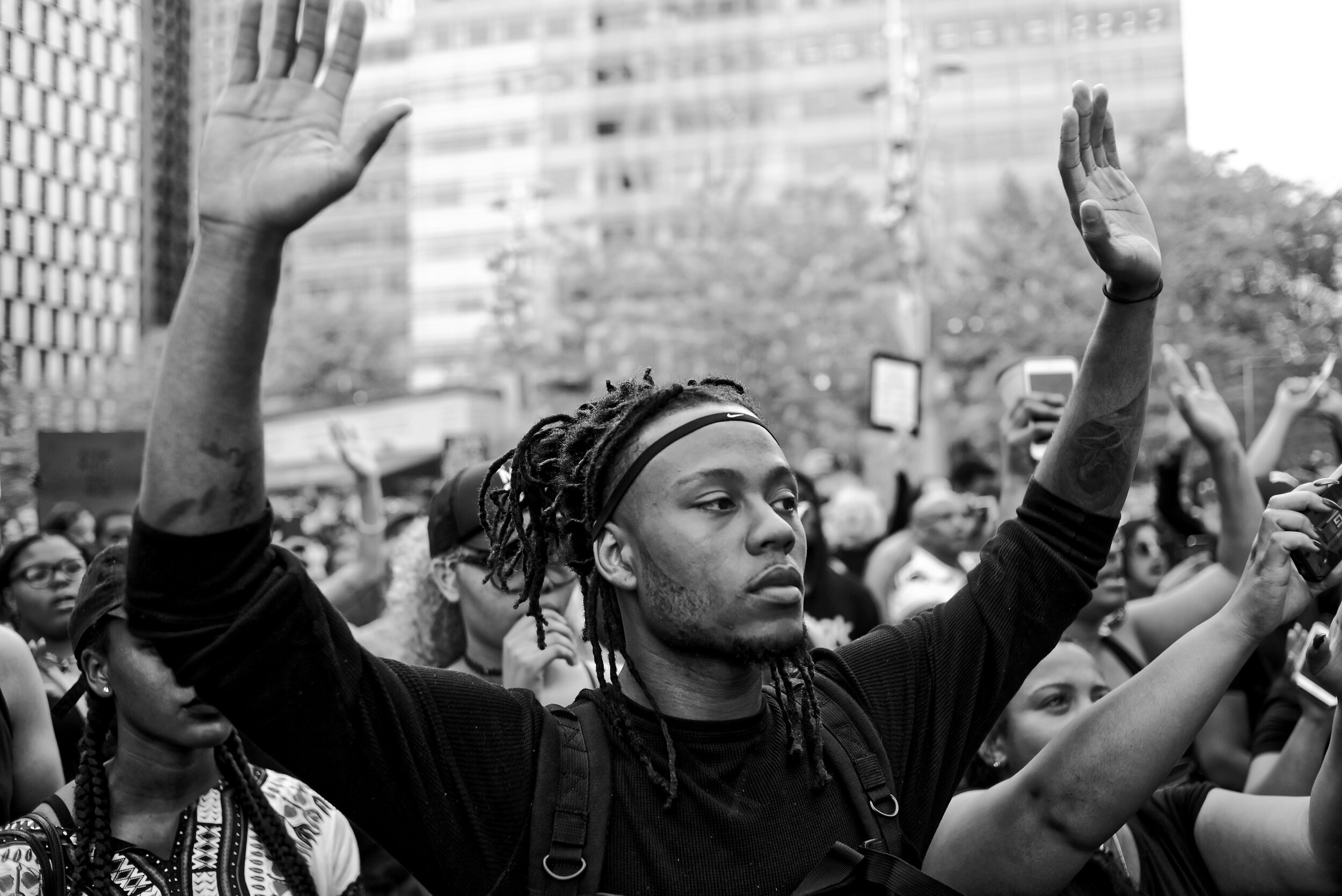My Art My Rules
From My Perspective
Witness series by photojournalist Terrell Groggins work explored social consciousness in Detroit, Mi. The series revolves around three events that have unfortunately been at the center of discussion since the election that year. The year was 2016 The year when a shift in coverage of police brutality shook the nation. In 2016, a police officer named Jeronimo Yanez shot and killed Philando Castile. Castile's girlfriend, Diamond Reynolds, turned on her Facebook Live seconds later and captured her dying boyfriend's final moments while her four-year-old daughter watched from the backseat. What happened next has become a routine in the US. The broadcast went viral. Castile's name became a hashtag. Protesters hit the streets all over the country.
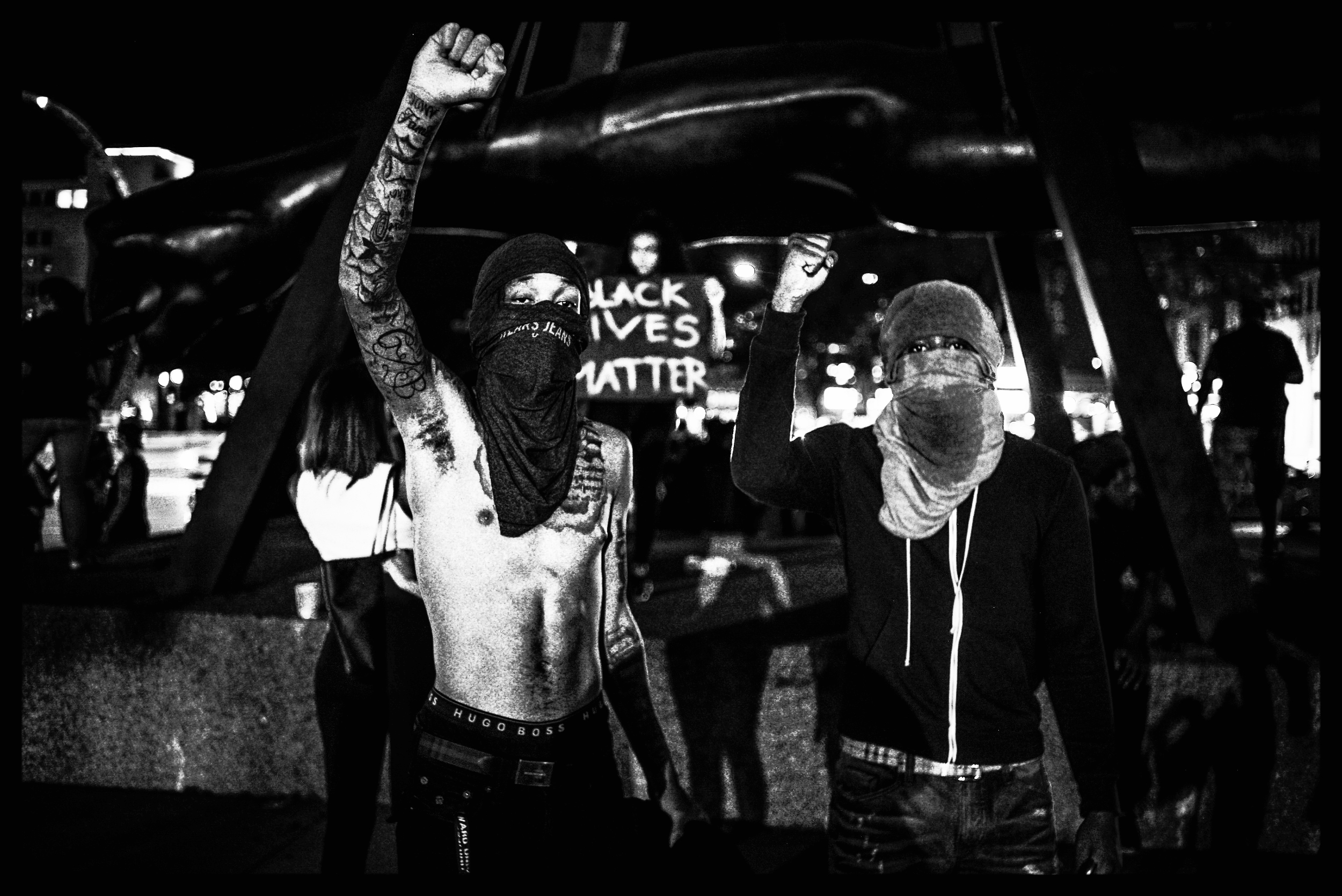
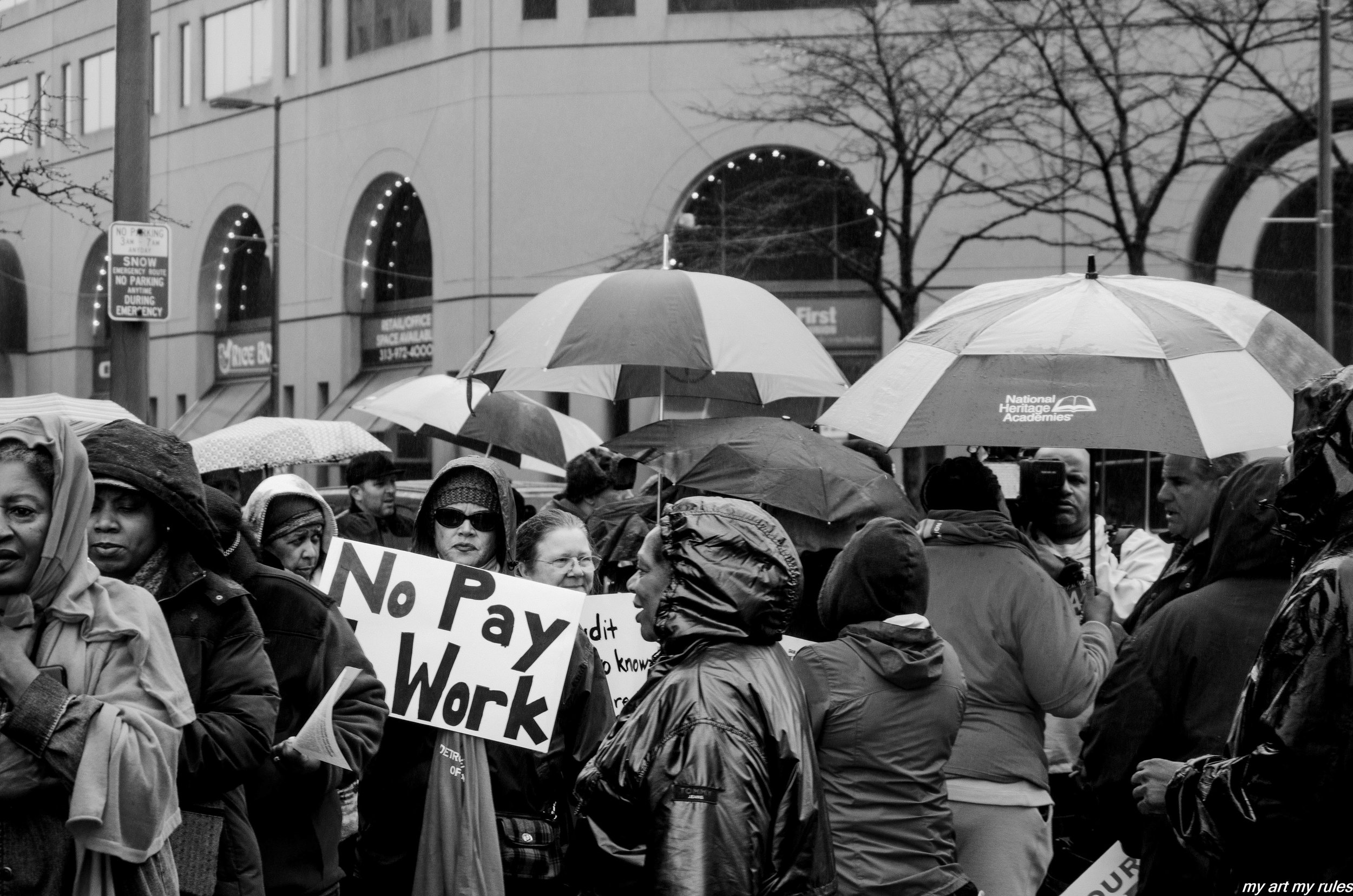

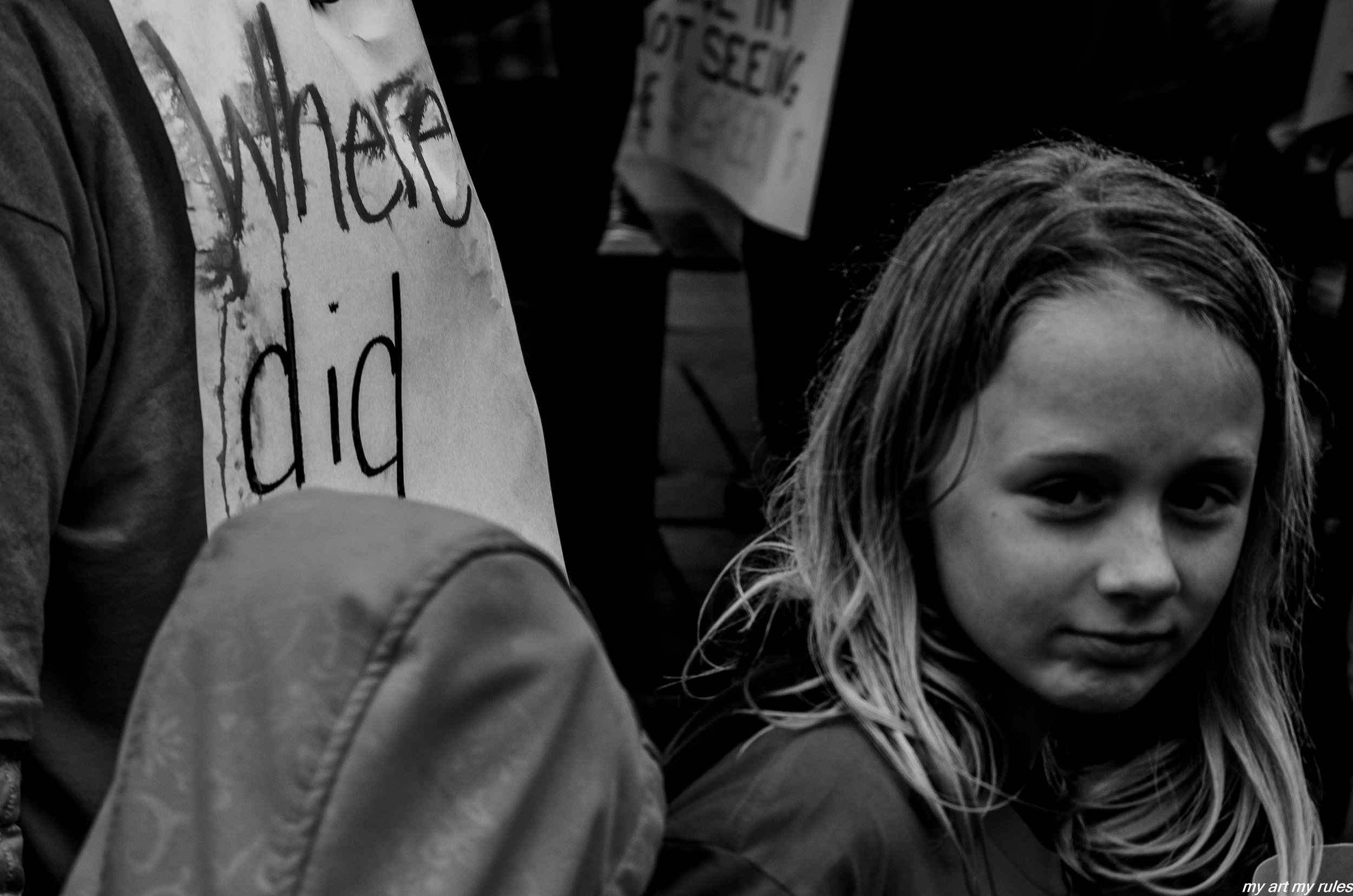
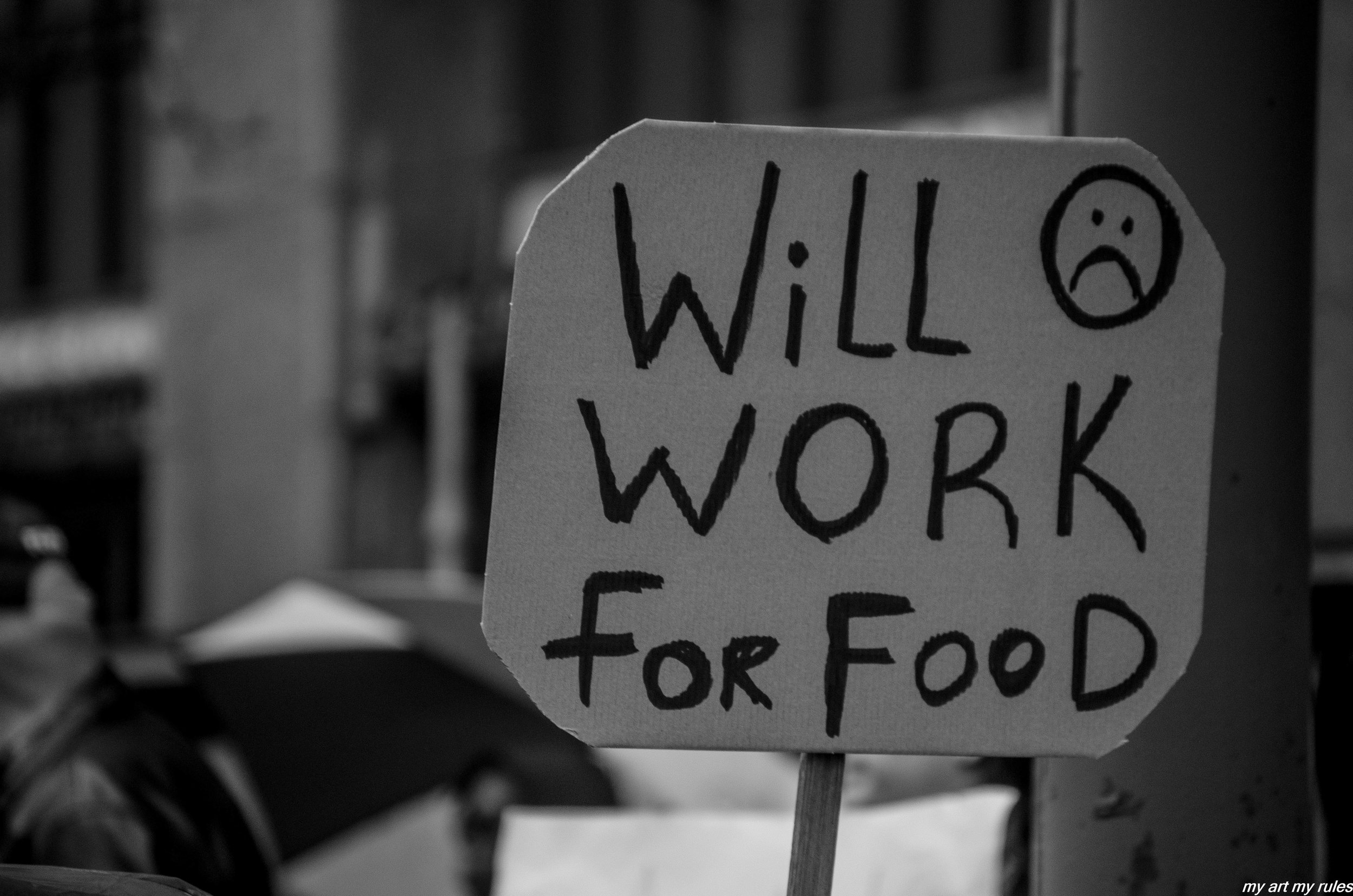
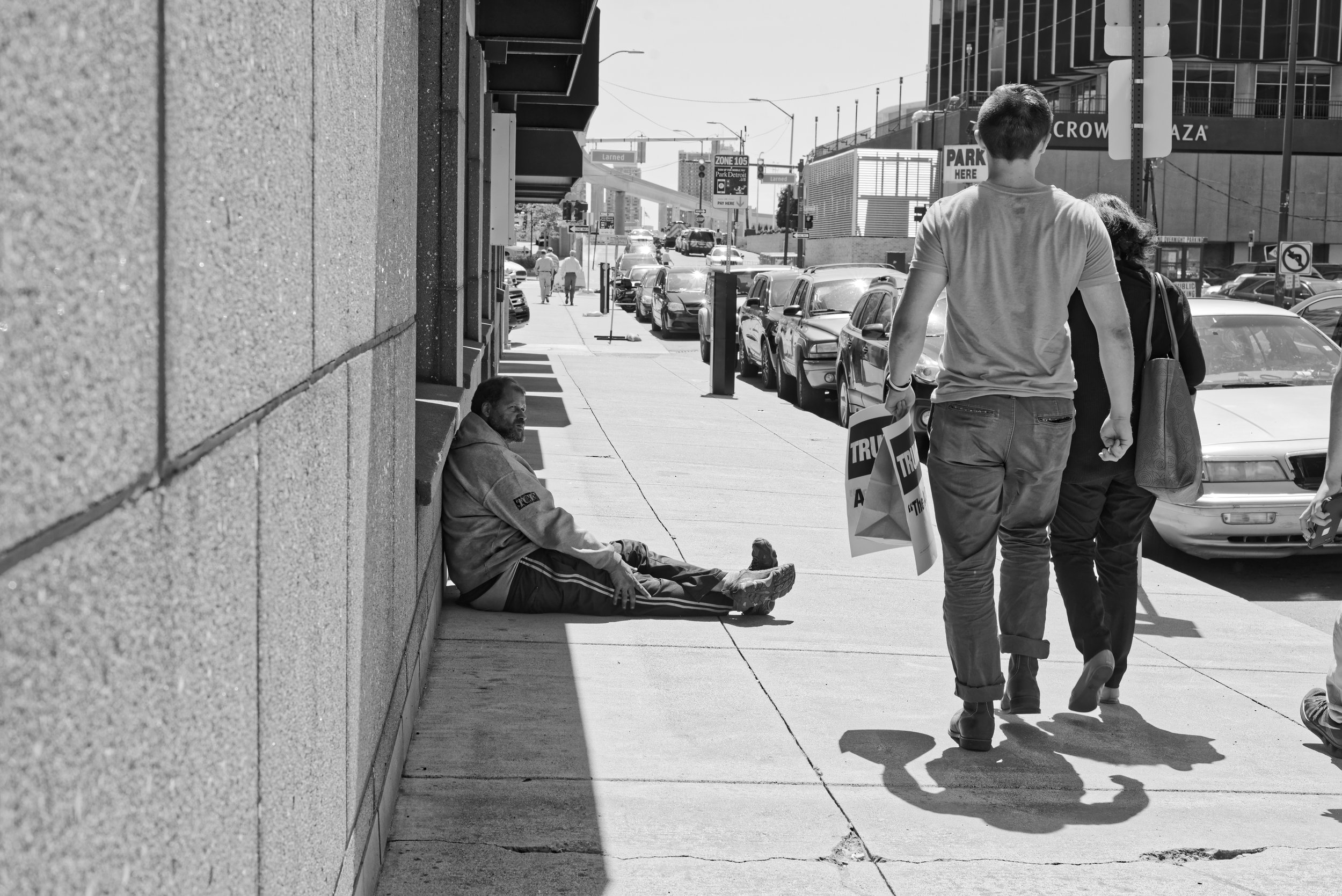

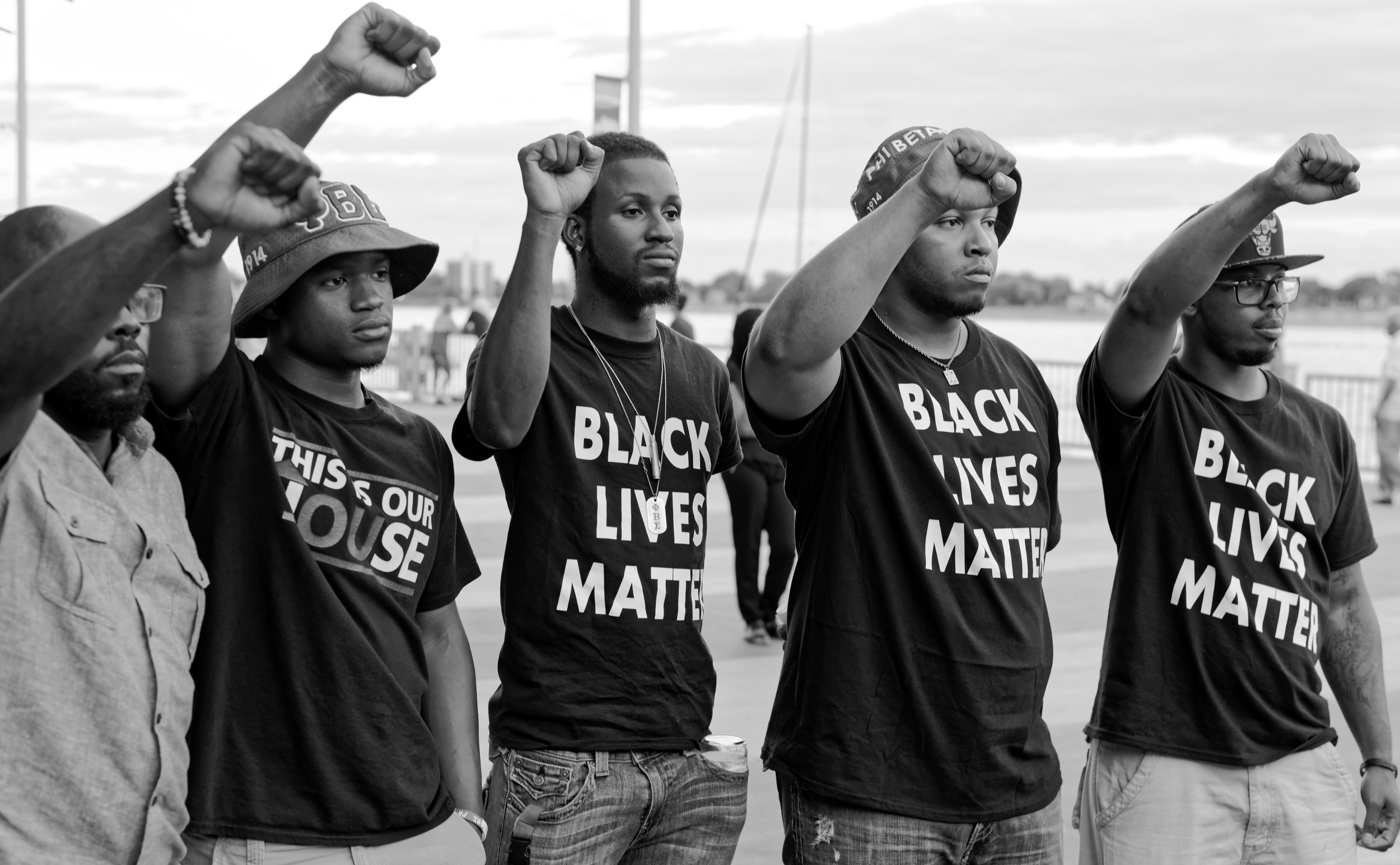
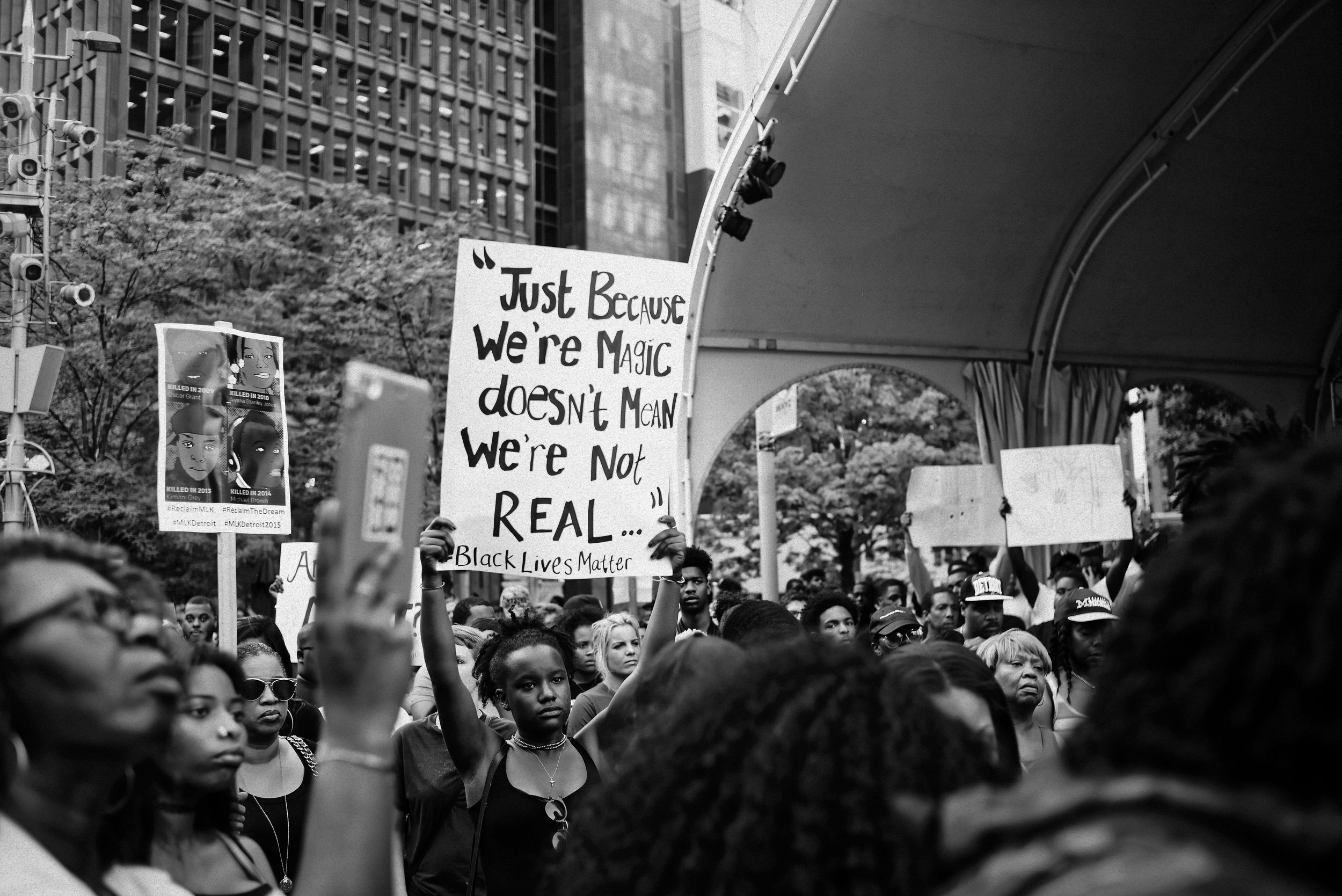
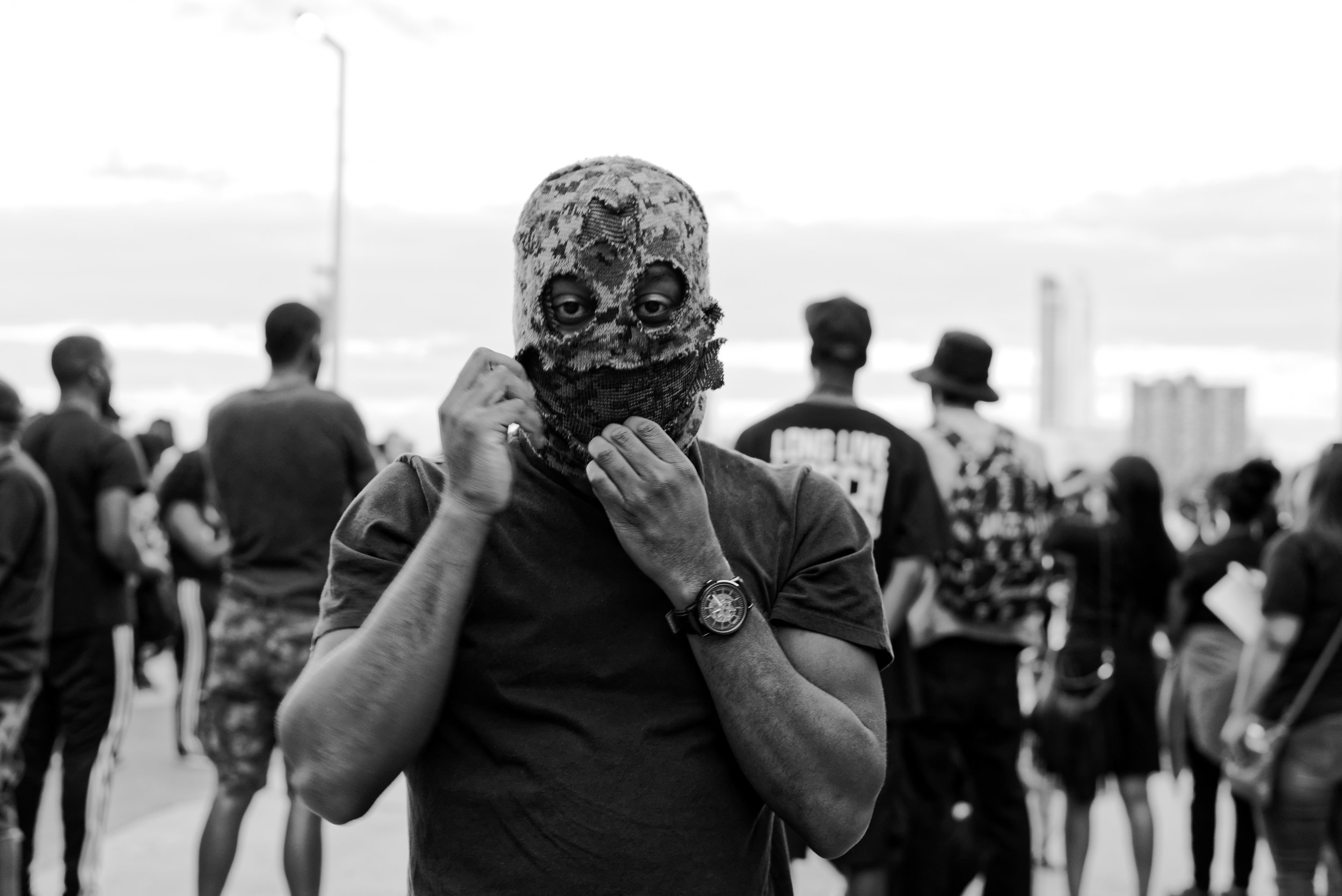
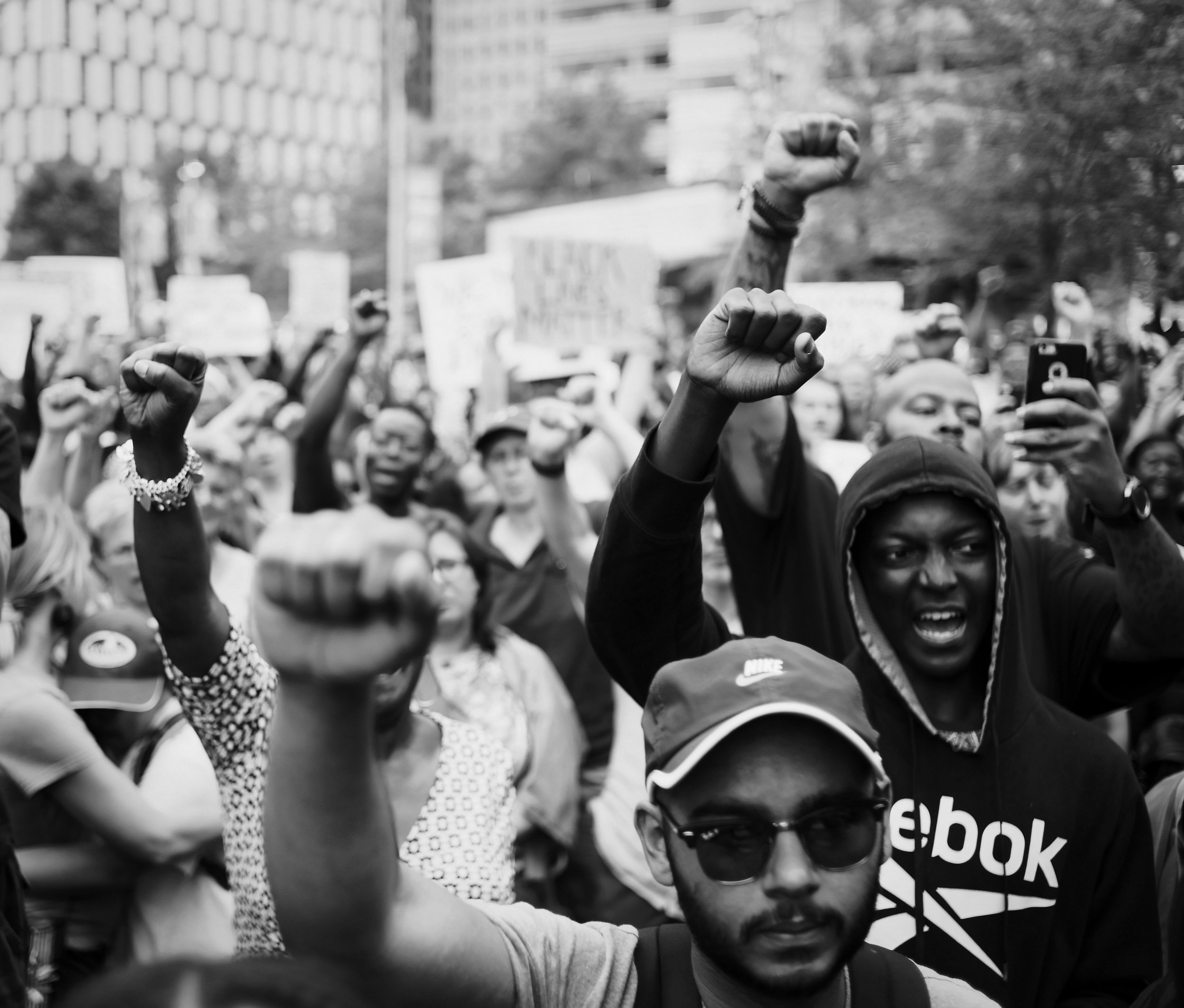
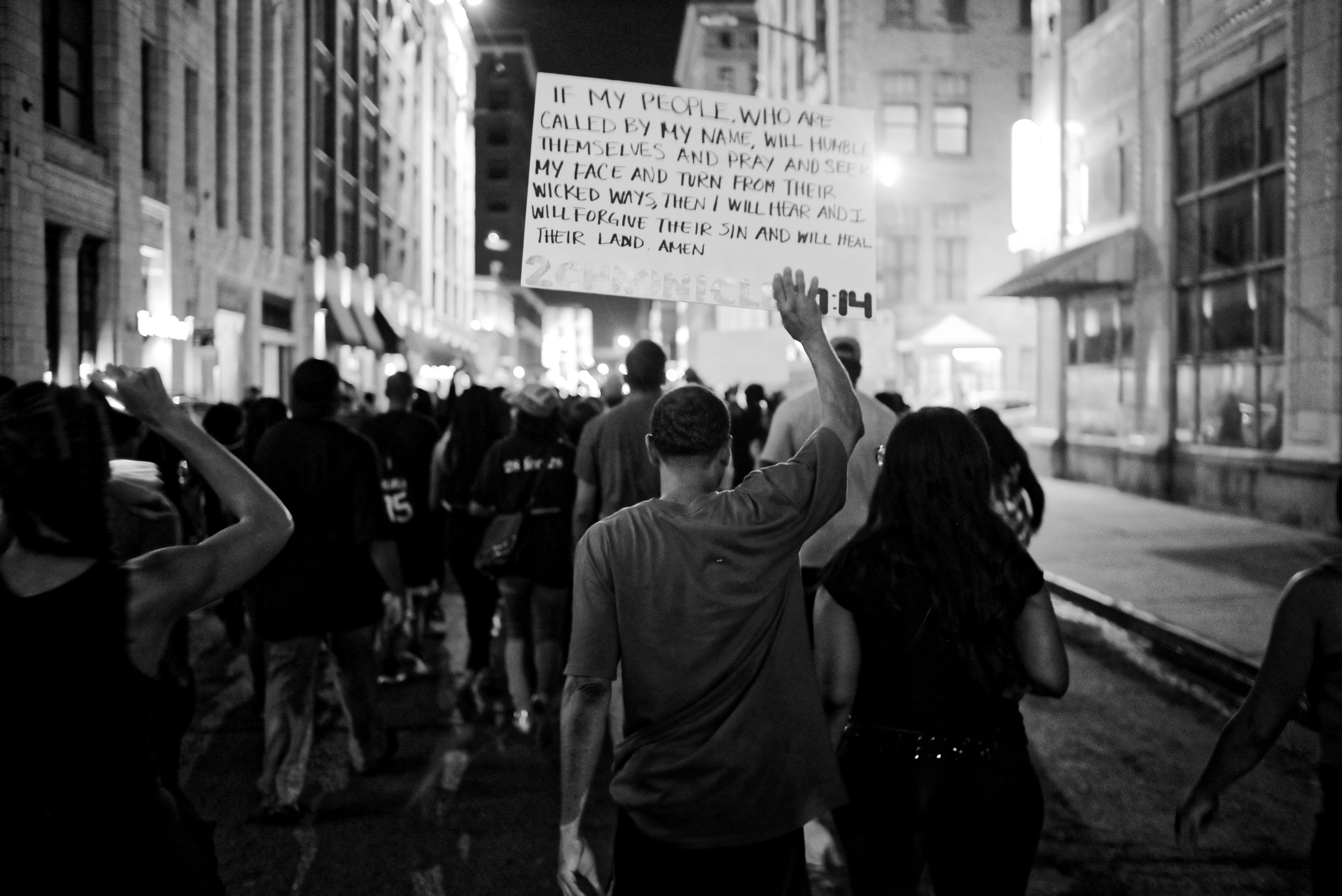
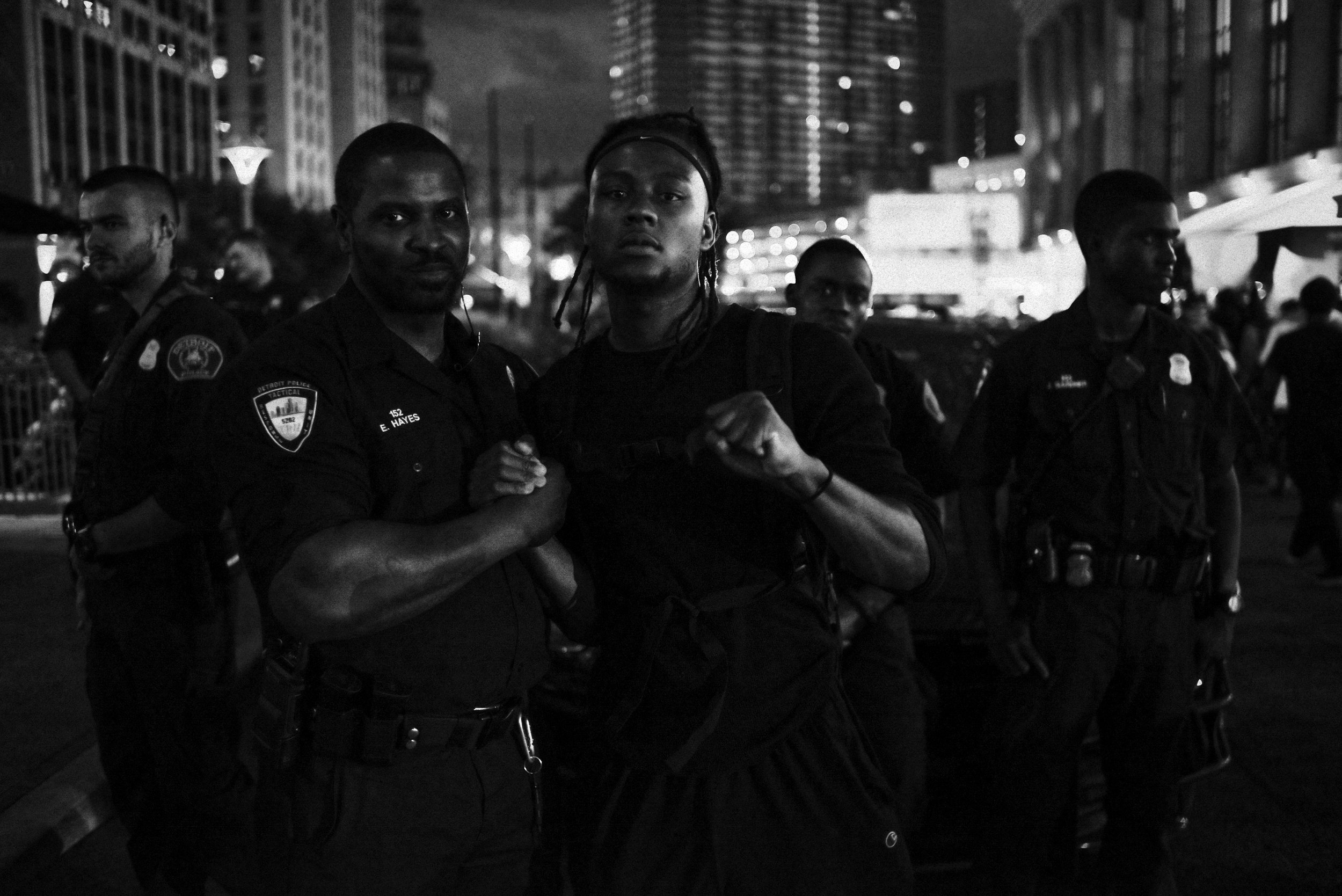

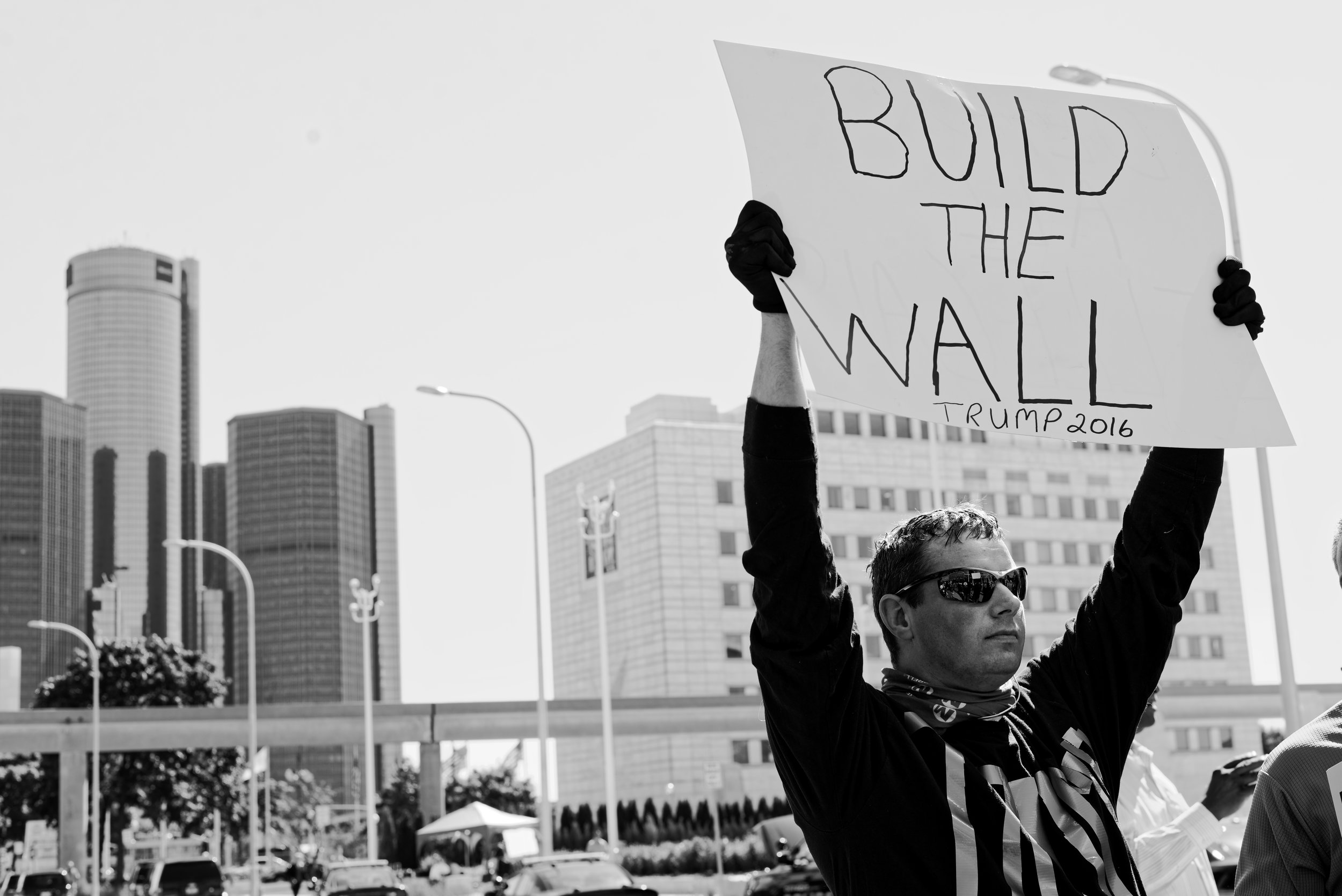
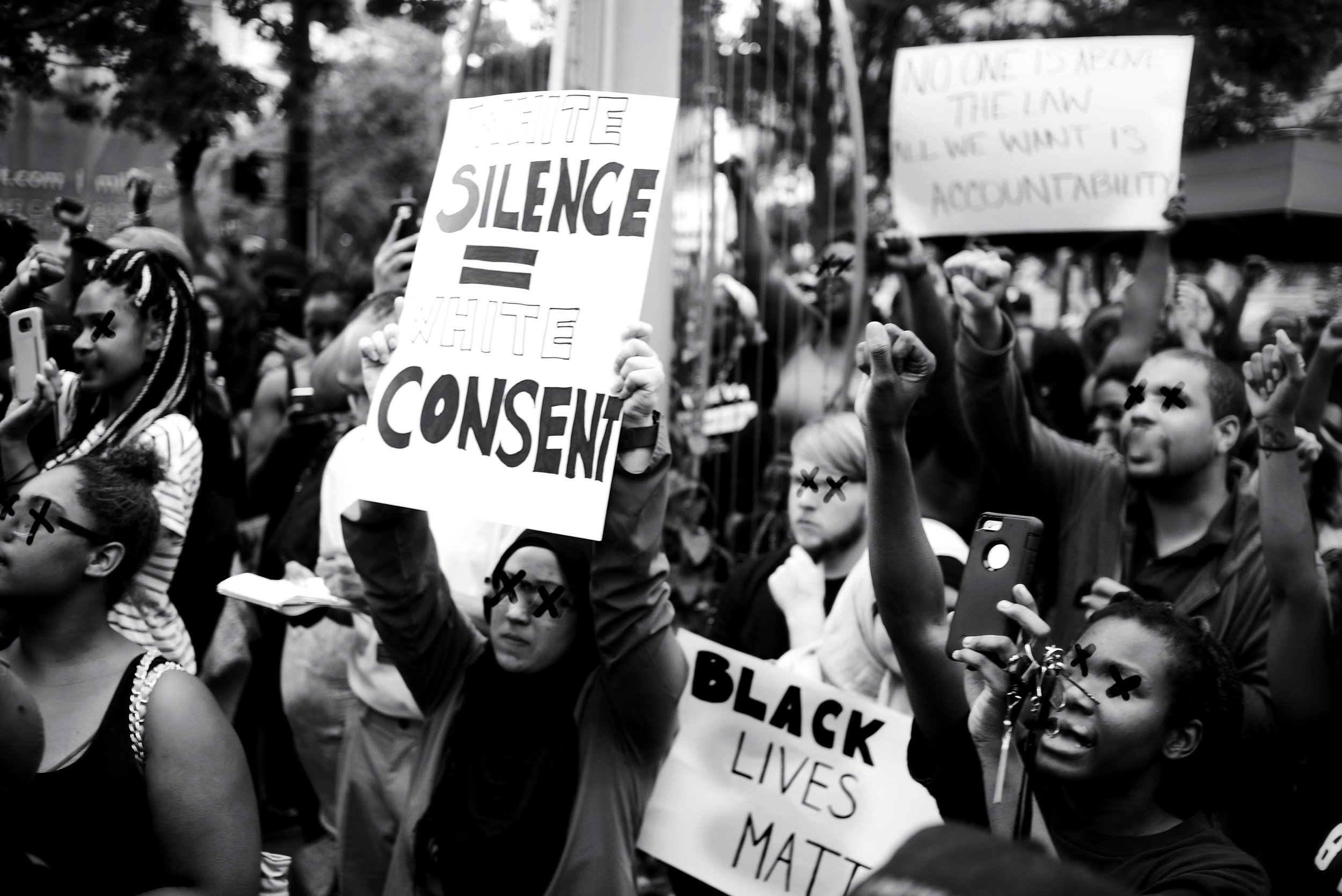

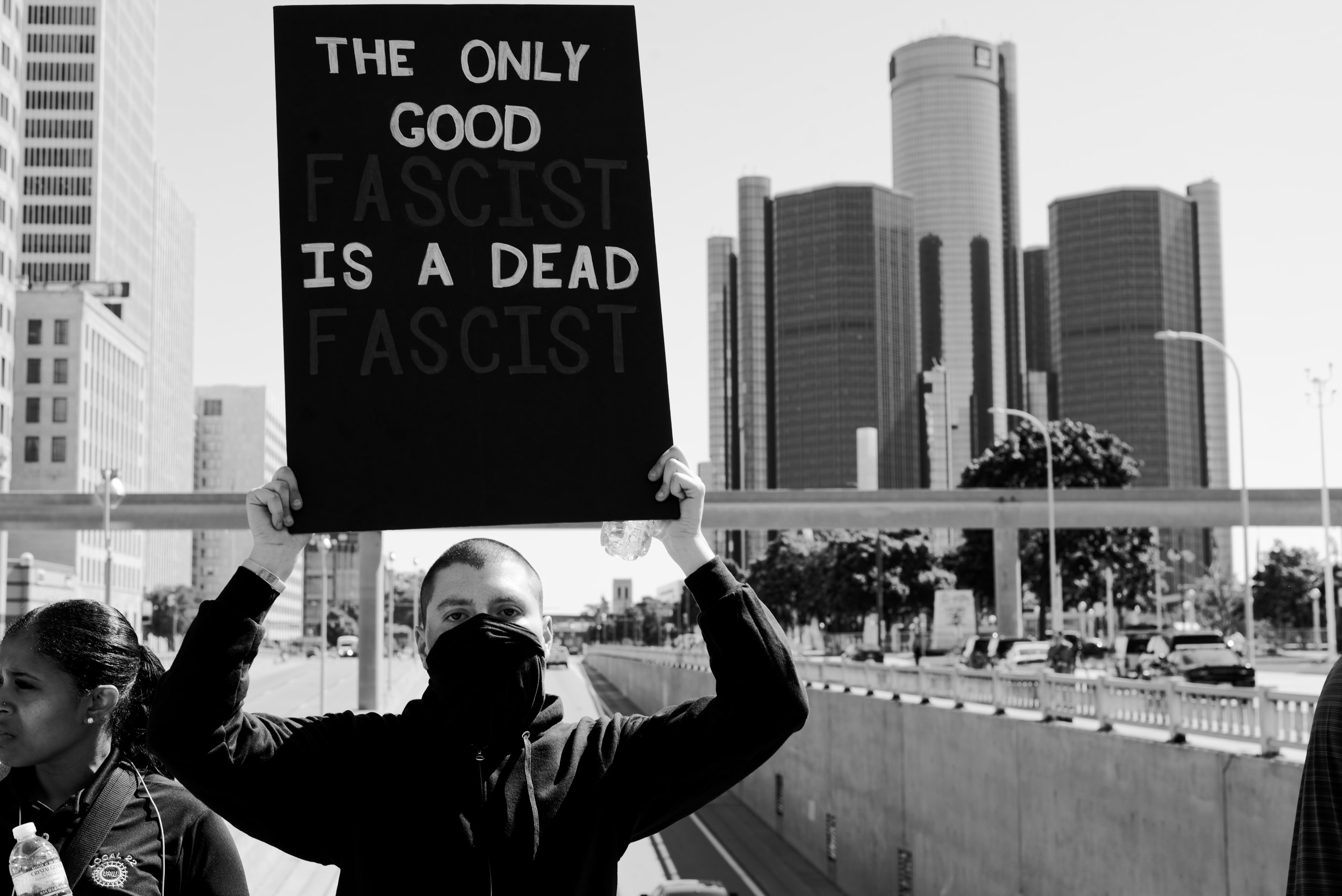
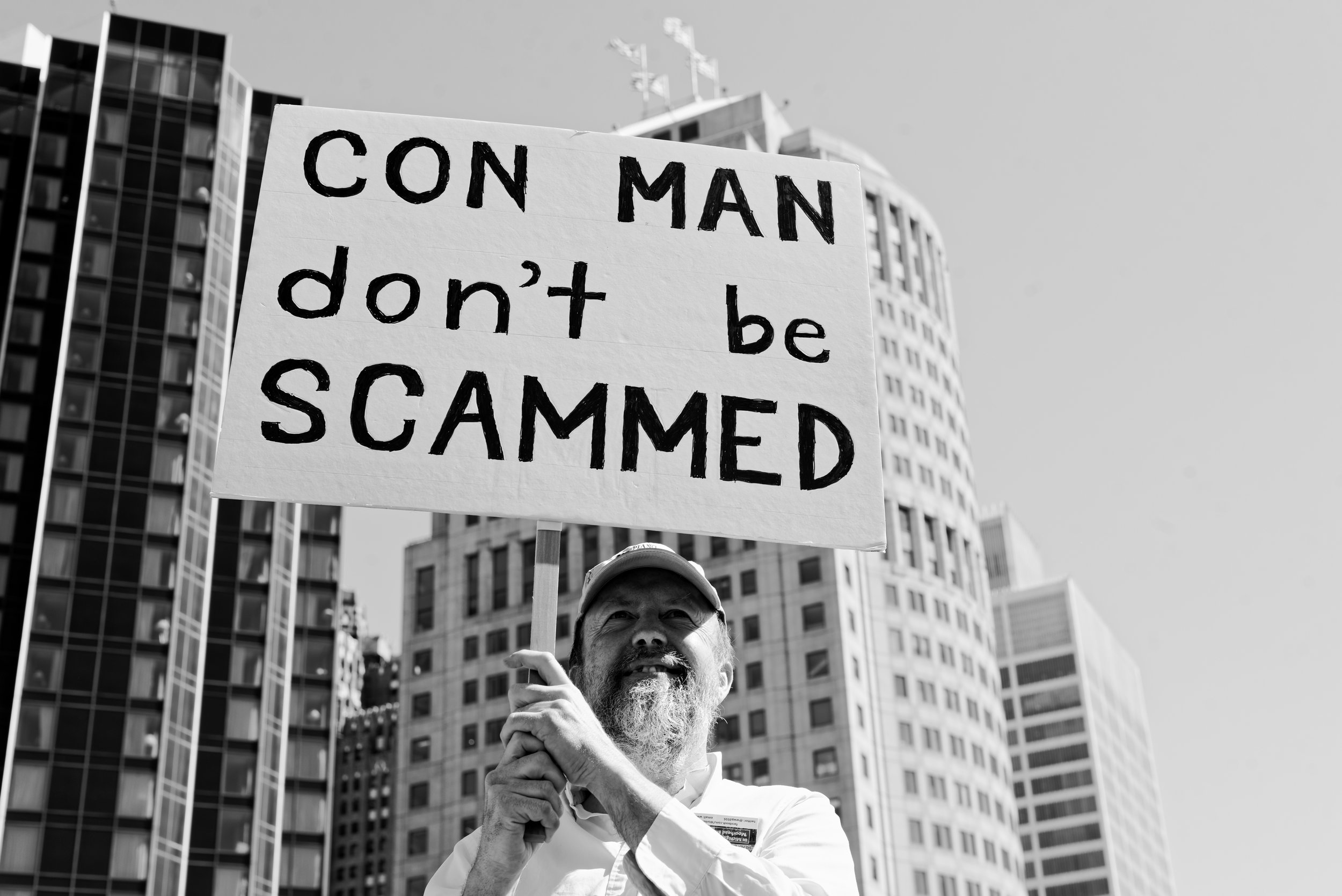

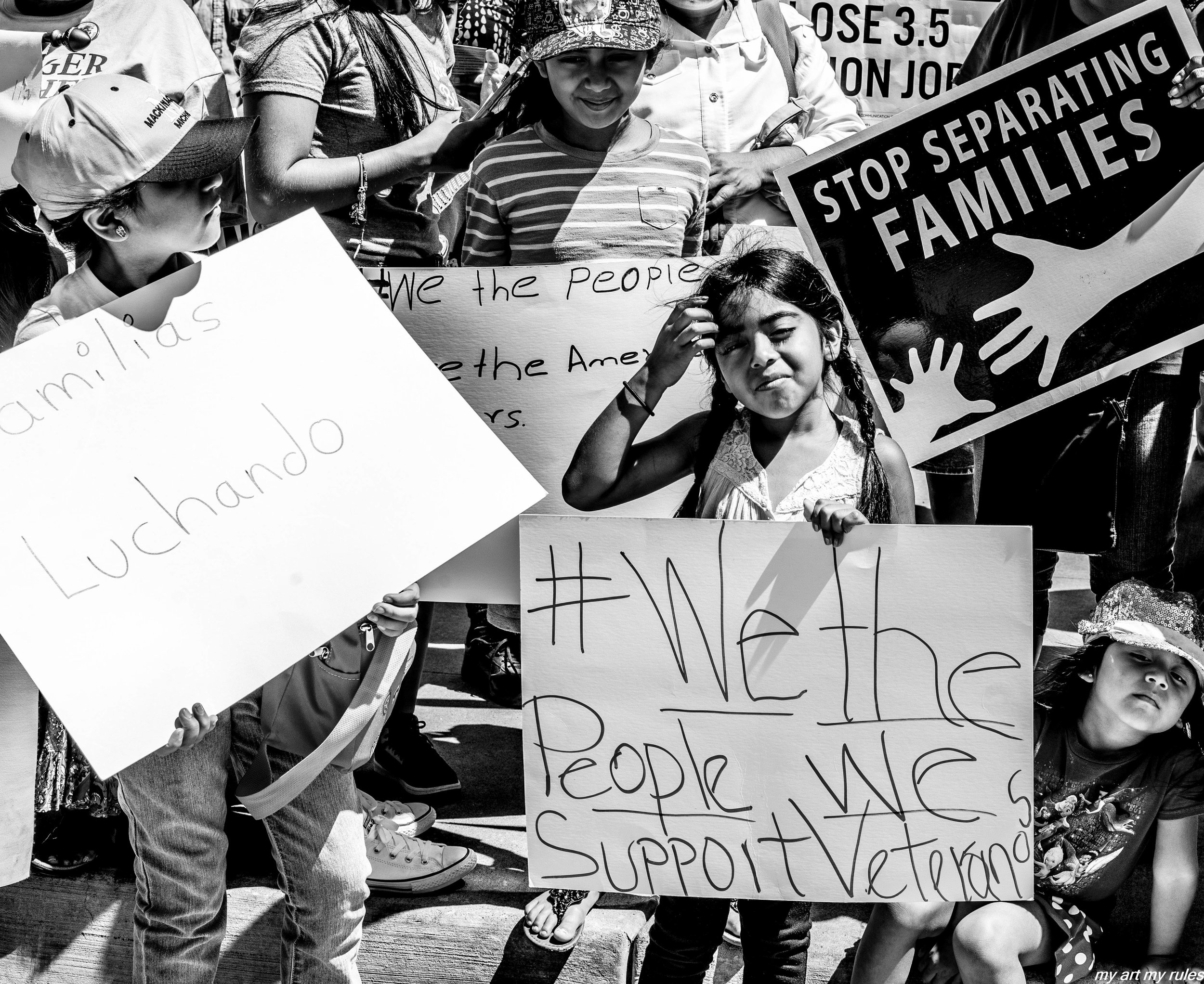

“The unnecessary excessive use of force practiced by certain police officers should not be seen, taken, or treated as institutionalized police policies. It is, however, a deep-rooted challenge that must be addressed openly and effectively,” From the beginning, discrimination was institutionalized in political and economic spaces. The need to inflict forced labor on Black lives after slavery was the main objective for the original police force in the South. This is where force was ingrained into police tactics, as hate groups such as the Ku Klux Klan merged with the system. Generation after generation, new rules were put into place specifically to target the Black population, including segregation, incarceration, voter suppression, redlining lack of government assistance, and economic infrastructure. Statistically, in reported incidents alone, Black people’s experiences with the criminal justice system have always been vastly different from those of other groups.
2016 also was the year when the billionaire businessman who never before held elected office shocked America and the world, defeating Hillary Clinton in an extraordinary rebuke to the nation’s political class after an ugly and divisive race that will go down as the most stunning upset in American history. Trump did so decisively, stomping across the electoral map with wins in the four biggest battlegrounds of Florida, North Carolina, Ohio, and Pennsylvania. He defied the polls and pundits after a scorched-earth campaign against Clinton, the Republican establishment, and basic decorum, toppling the blue wall of states that Clinton had supposedly constructed to keep the White House in Democratic hands. Trump led an unseen rebellion of working-class voters, most of them white and so disgusted by a stalled status quo that they voted for a candidate promising dramatic change, even as Trump set disapproval records for a winning candidate. He also tapped into ethnic antagonism, vowing strict immigration controls, a ban on Muslims, and a deportation force, promising an era of restoration.
“The forgotten men and women of our country will be forgotten no longer,” Trump declared. Terrell’s series “ Witness” series takes place in Detroit, it’s a small sample size of the state of the social consciousness across the broader picture of America. This project turned a critical eye on the U.S at a time of great social, political, and cultural change, and examined key events in 2016 leading up to Trump’s inauguration.
Lastly but most importantly for the city of Detroit a protest in 2016 there was an organized teacher “sickout” that forced nearly all of Detroit’s public schools to stay closed after the system’s chief manager said that without more money from the state, he would be unable to pay teachers the salaries they are owed in July and August and summer school would be canceled. Teachers have staged other major sickouts this year, calling for teachers to call in sick, organized by their union, the 2,600-member Detroit Federation of Teachers, in a sign of how the crisis in Detroit Public Schools is escalating. Protesters spoke of ceiling tiles falling on students' heads among deplorable conditions as well as classrooms overloaded with students. They waved signs and at times were joined by others protesting Flint's water crisis and other issues. Many demanded the ouster of Gov. Rick Snyder.
The photograph has long been instrumental to the act of protest. Though photographs have always played a defining role in our collective memory, they have never been more immediate or reproducible. Advancements in technology have given rise to new avenues for self-documentation and citizen journalism, while social media has allowed us to bear witness in real-time.
This, of course, is the great power of photo-journalism; it serves first and foremost as a tool to create empathy in its viewer. Where the reported actions of a group, however well-intentioned, can quickly spiral into discord in newspaper reports, a photograph of one person reminds onlookers of their own compassion and clemency. What’s more, when it comes to protests, photographs printed in magazines and newspapers are fundamental to their political success – without some record or physical proof for the archive, mass uprisings can be quieted and the movement they represent remains impotent.
Hands up, don’t shoot” has become shorthand for police mistreatment of minorities, one that’s spreading beyond traditional protest scenes. It has evolved into a national movement with demands centered on changing what some see as systemic problems in law enforcement that lead to the mistreatment of minorities. It’s a universal symbol of surrender. It’s also a very simple gesture, and that’s part of what makes something resonate.**
**Limited Edition of 20 30 x 40 Signed Exhibition Fiber 19 prints remaining**
This print is for personal usage only, intended for display in the home or other private spaces. For all other uses, such as display in public spaces or institutions, publishing the image online or in print, or any other form of usage, permission must be granted by Terrell Groggins. Please contact Terrell Groggins with any questions.
